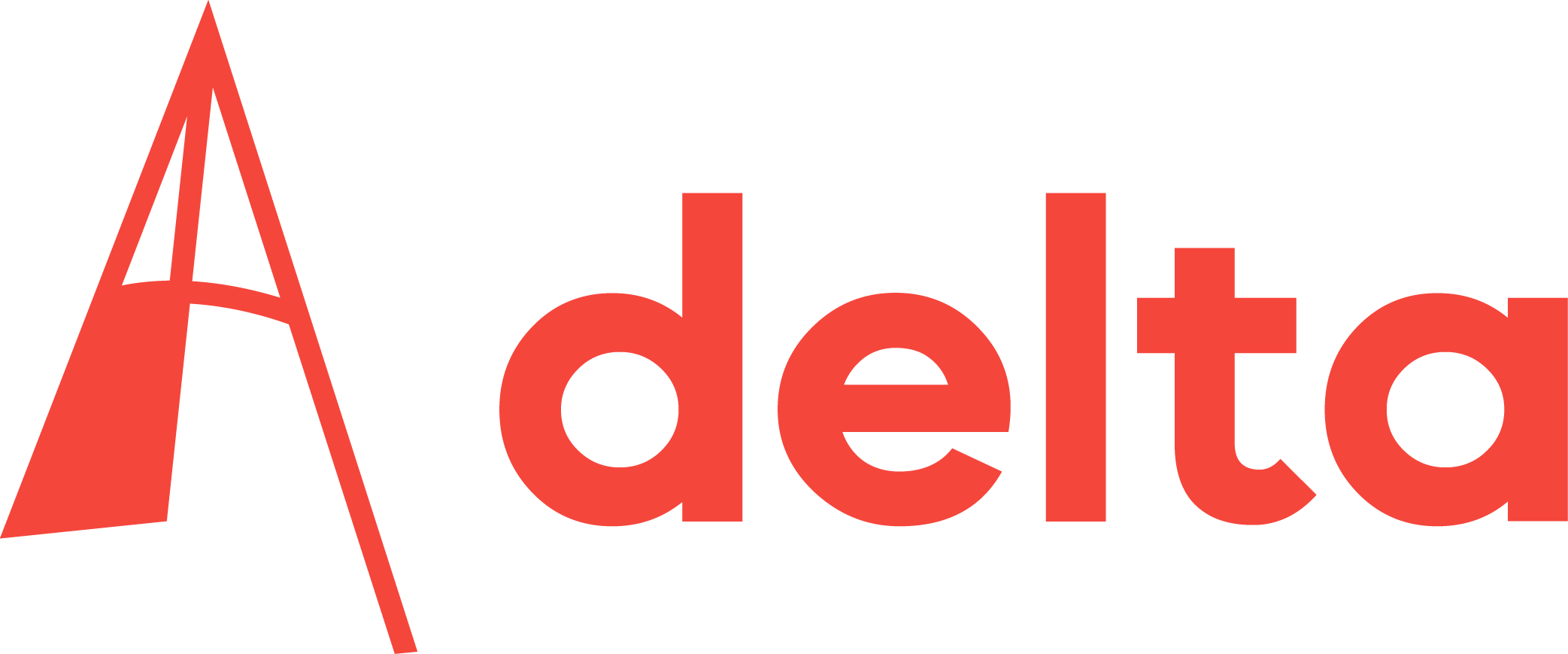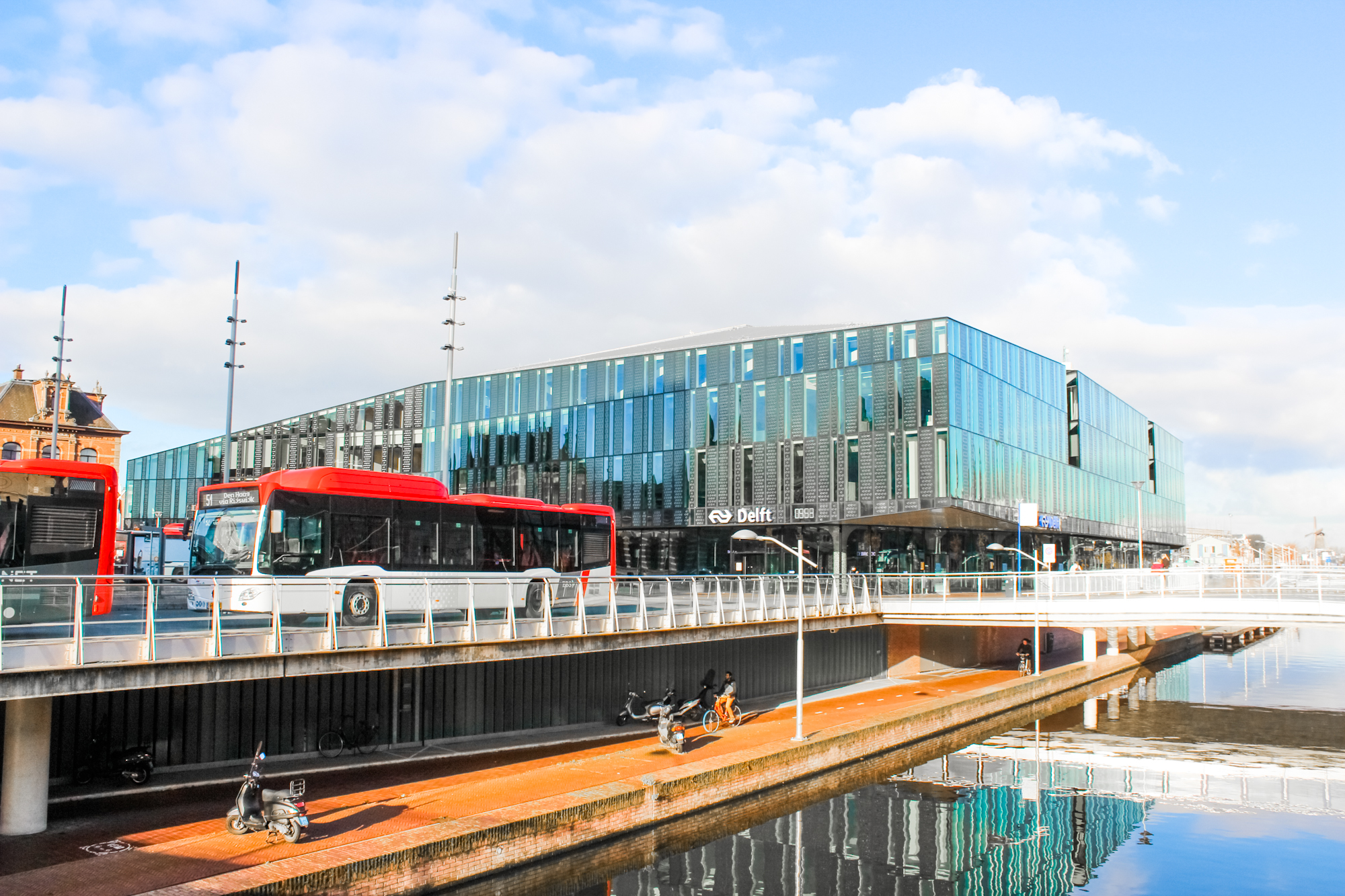Pedestrians between Delft station and TU Delft will get more space. They will have priority in all congested areas where pedestrians, cyclists, public transport and cars meet.
(Photo: Dalia Madi)
Pedestrians take up relatively little space and walking is environmentally friendly. Reason enough for the municipality of Delft to prioritise them in its Mobiliteitsprogramma Delft 2040 (mobility programme) that was finalised at the end of January.
The mobility programme forecasts a 30% growth in the city over the next 20 years. If action is not taken, the car traffic will grow just as hard, creating pollution, congestion and a shortage of parking spaces.
Cleared of obstacles
This is why the municipality is giving more ‘attention and priority’ to pedestrians were they meet congestion. One example is the walking route between Delft station and TU Delft, which is a source of much complaint. The route will be cleared of obstacles, be at least two metres wide, have some kind of shelter and have benches.
On the other end of the TU Delft campus cyclists will be the ones getting more attention, the plan states. The municipality has talked for a while about a new cycling bridge between TU Delft and the Delft Campus station (previously called Delft Zuid). This plan is now being resurrected.
The municipality hopes to roll out ‘innovative mobility solutions’, such as automatic vehicles, which could be the ‘flagship of Delft and TU Delft’. This is also because there is not enough space to build bicycle parking facilities to meet the expected demand. In the meantime, tram 19 will finally start running between Delft station and TU Delft. The policy will also: regulate parking where necessary; reduce the speed limit in the city; and experiment with new forms of bicycle parking facilities.
The Mobiliteitsprogramma Delft 2040 does not take the coronavirus into account. The virus is not mentioned anywhere in the paper.
Do you have a question or comment about this article?
s.m.bonger@tudelft.nl


Comments are closed.